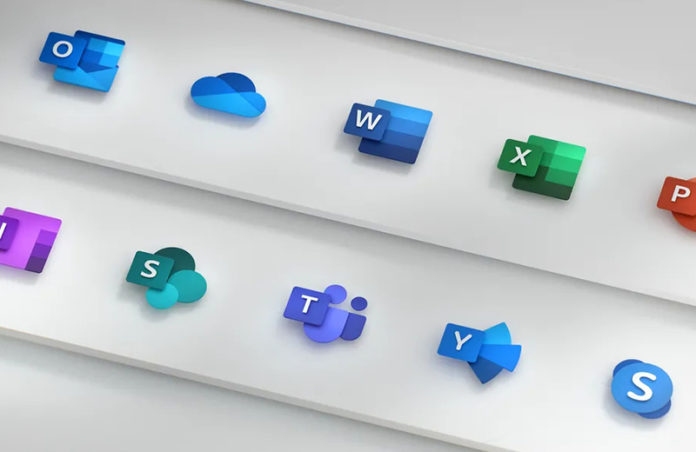Top 10 UX Research and Design Resources for 2025

Great design starts with great research, and in 2025, staying on top of your UX game means knowing where to turn for the best tools, tips, and inspiration for both. Whether you’re a seasoned designer or just getting started, having the right resources can make all the difference.
In this article, we’re sharing our top 10 picks of existing and newly found UX research and design tools that can help creatives everywhere build smarter, more human-centred experiences this year.
1. Laws of UX (https://lawsofux.com/)
Laws of UX presents psychological principles that shape how people interact with digital products. It simplifies concepts like the Von Restorff Effect or Fitts’s Law into quick, visual explanations.
Each law comes with a short description, clean visuals, and supporting research. The site’s simplicity makes it easy to reference during design decisions or stakeholder discussions.
Use it when you need to justify a UX choice or shape more intuitive experiences. It’s a solid tool for bridging theory and practice in real design workflows.
2. Usability.gov (https://www.usability.gov/)
This government-run site offers a thorough guide to user-centred design, especially useful for structured or large-scale projects.
It covers research planning, content design, and usability testing with helpful templates and checklists. Everything is grounded in best practices.
Turn to this when your team needs process clarity, documentation support, or a research playbook you can trust.
3. Nielsen Norman Group (https://www.nngroup.com/)
NNgroup is a trusted authority in UX, offering decades of research and insights. The site is a goldmine of articles, case studies, and usability guidelines.
It’s especially known for its practical, evidence-based advice, whether it’s mobile UX or enterprise design. They also offer world-class UX training.
Use it to strengthen your design rationale and stay sharp on usability standards. It’s great for levelling up your strategic thinking.
4. UX Tools (https://www.uxtools.co/)
UX Tools helps you compare and choose the best design software across prototyping, research, and handoff workflows. It also provides UX challenges and resources to help understand the design process.
Its curated challenges, visual tool grids, annual surveys, and kits help with decisions around research and designing.
Use this when building your design stack or exploring better ways and approaches to collaborate and test, and implement ideas.
5. UX Myths (https://uxmyths.com/)
UX Myths challenges common misconceptions in design, using research to cut through outdated thinking.
Each myth is clearly stated and followed by real data or expert insight, making it a quick and powerful reference.
It’s great for shifting internal mindsets or backing up user-first decisions when opinions clash with evidence.
6. Design Kit by IDEO (https://www.designkit.org/)
Design Kit is IDEO’s introduction to human-centred design, full of creative methods and real-world applications.
It walks you through research, ideation, and prototyping with simple guides, workshop activities, and stories.
Use it when kicking off a new project, working with non-designers, or trying to bring more empathy into your process.
7. UX Test Tools (https://uxtesttools.com/)
UX Test Tools is a library of standard UX data collection tools built by a team of UX Designers, Researchers and Engineers. It not only consolidates various UX testing data collection tools but also guides UX professionals in choosing the appropriate tool for different types of UX testing.
It is a comprehensive website built for collating all types of user feedback during user testing across standard and immersive interfaces, with guidance and resources on when and how to use them.
Use it to select the best tools and methods when testing a new or existing product, to capture quantitative and qualitative data to make decisions in your designs.
8. Principles.Design (https://principles.design/)
Design Principles is a curated list of the philosophies behind great products from companies like Google and Airbnb.
You’ll find simple, memorable principles that reflect how these teams think and make design choices.
Perfect for shaping your own team’s product vision or refining your design values with clarity.
9. UXtweak Guides (https://www.uxtweak.com/guides)
UXtweak offers straightforward guides on usability testing, survey design, and behavioural research.
Each guide walks through setup, execution, and insights, great for both beginners and busy professionals.
It’s a reliable go-to when you want to run better tests without needing a full UX research team.
10. UX Project Checklist (https://uxchecklist.github.io/)
This interactive checklist helps you keep track of your UX process from start to finish.
It walks through research, prototyping, and handoff steps with a clear, minimal layout. It also provides a library of resources to learn about these different processes.
Use it to learn and incorporate the UX processes you need when working on UX projects.
At the end of the day, great UX is about more than instinct, it’s about intention, curiosity, and having the right resources to guide your decisions. These tools aren’t just nice-to-haves; they’re part of the craft. Whether you’re just getting started or refining a mature product, make space to explore them, question your assumptions, and level up your process. The more you lean into these kinds of resources, the more thoughtful, inclusive, and effective your designs will become.







